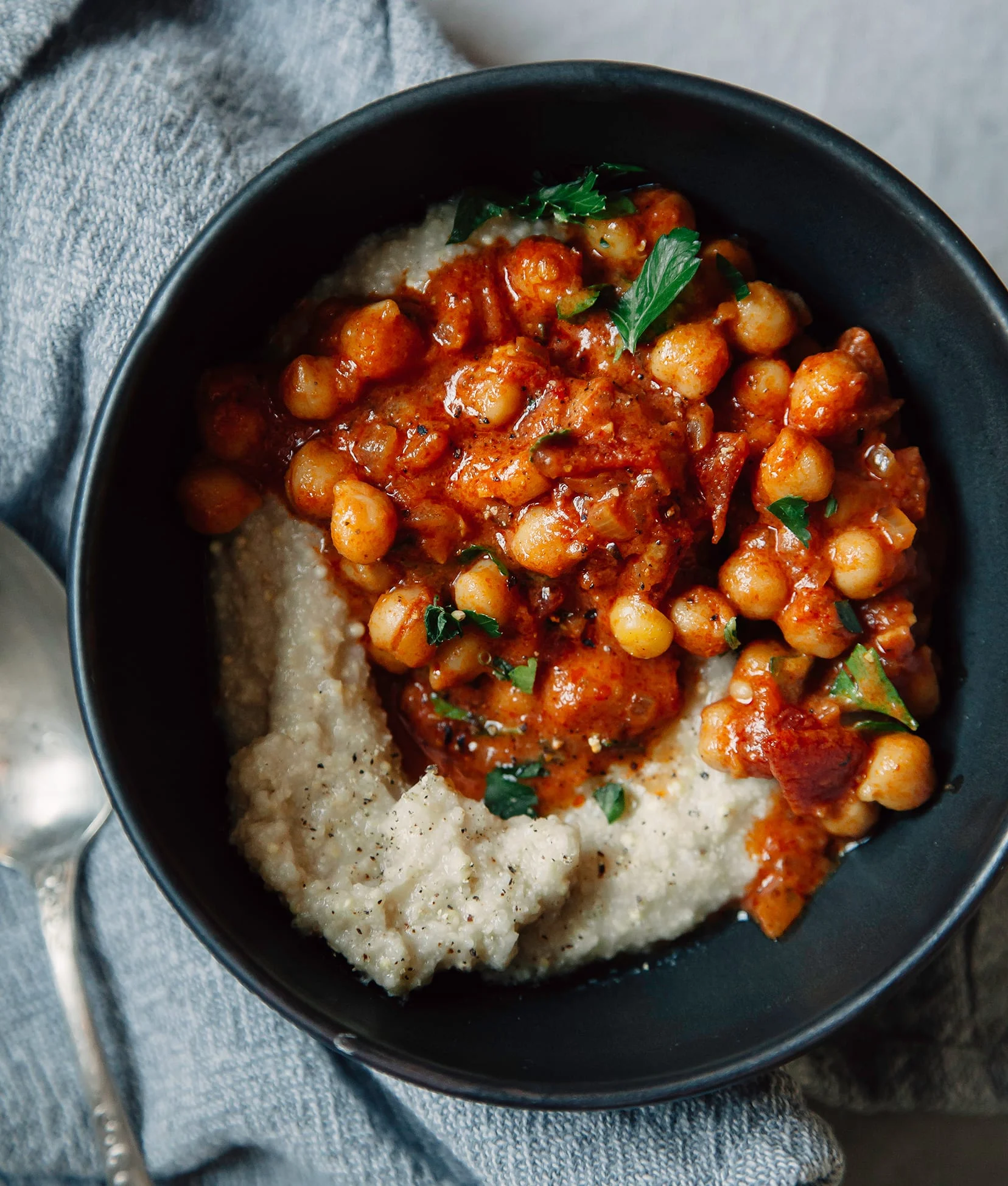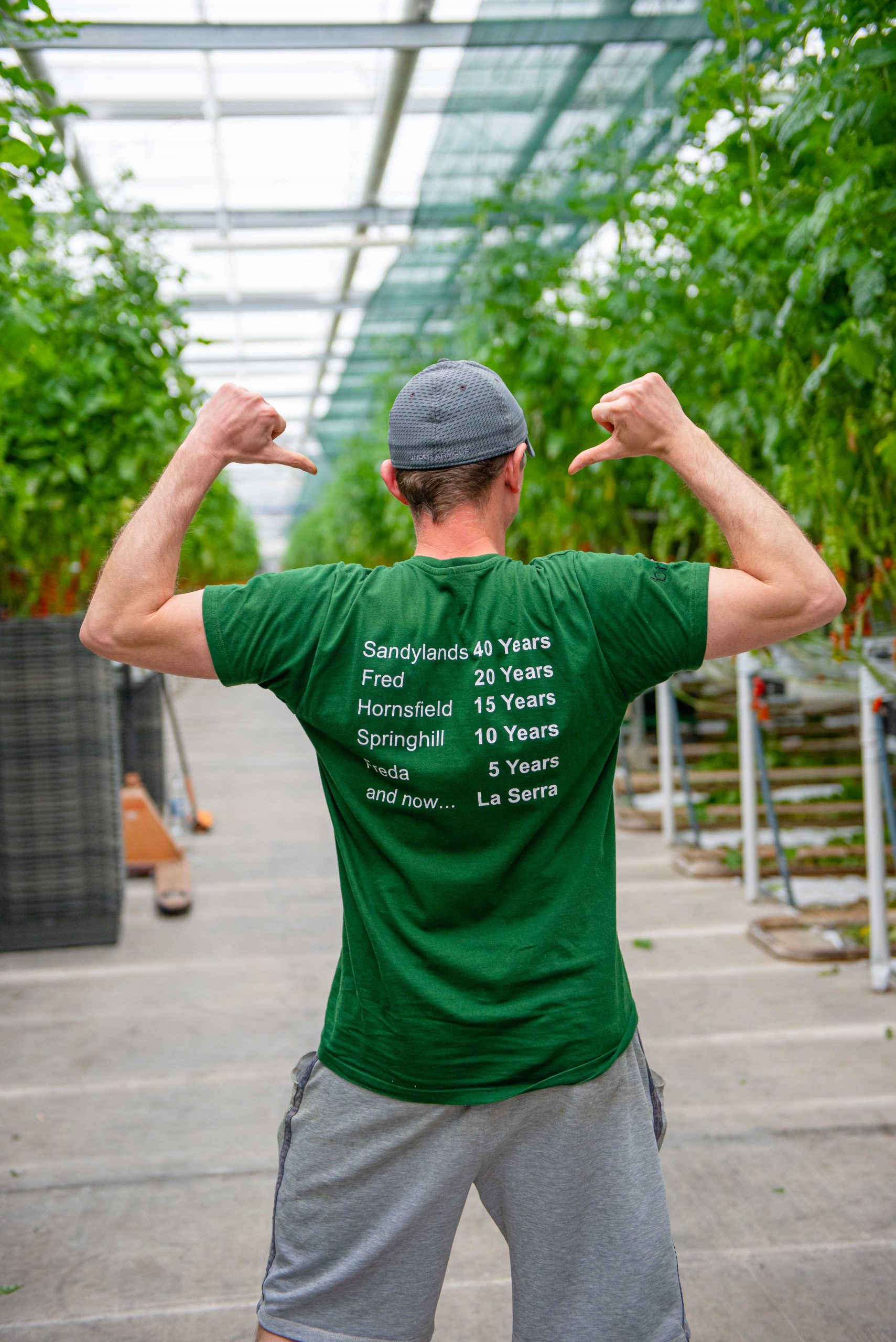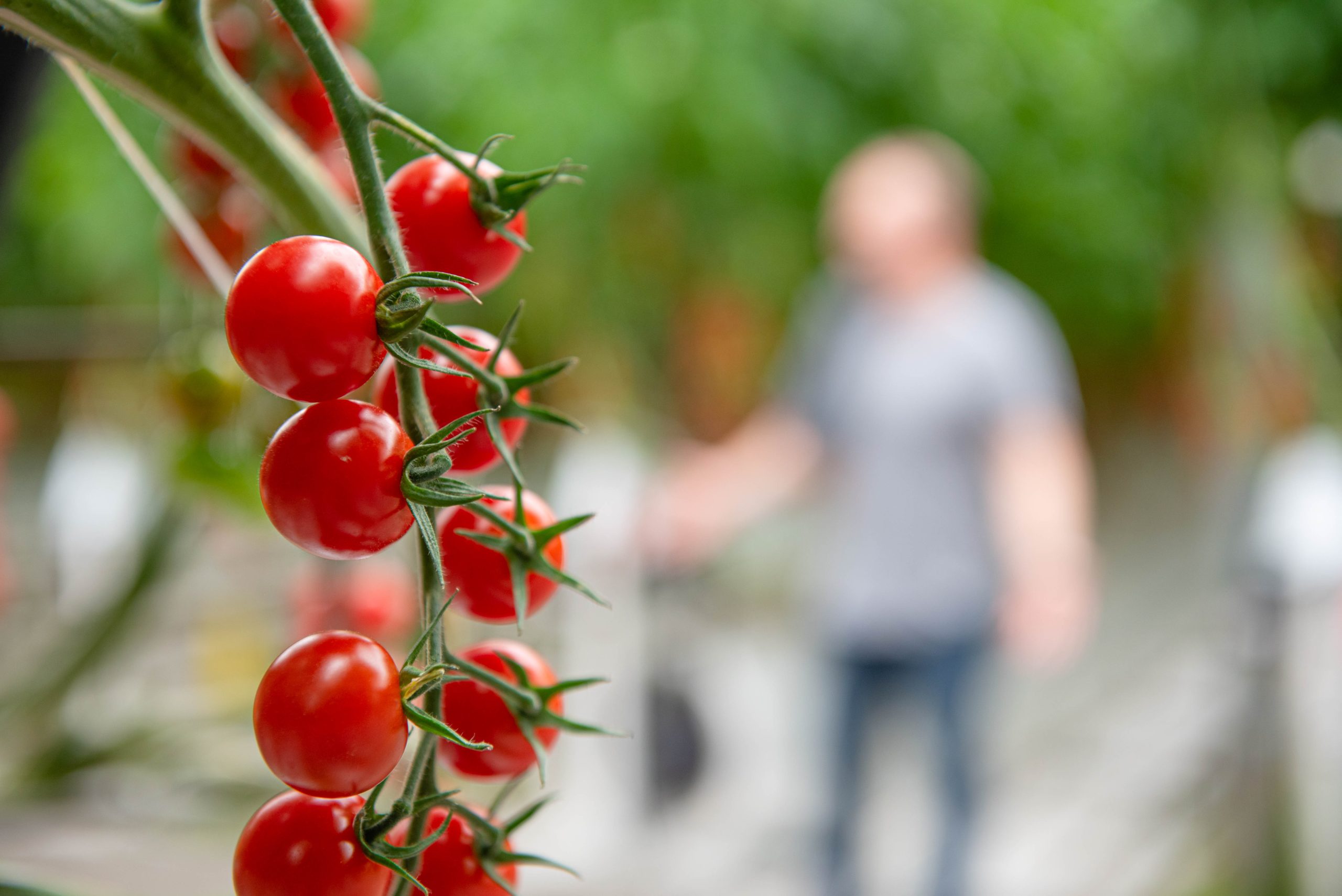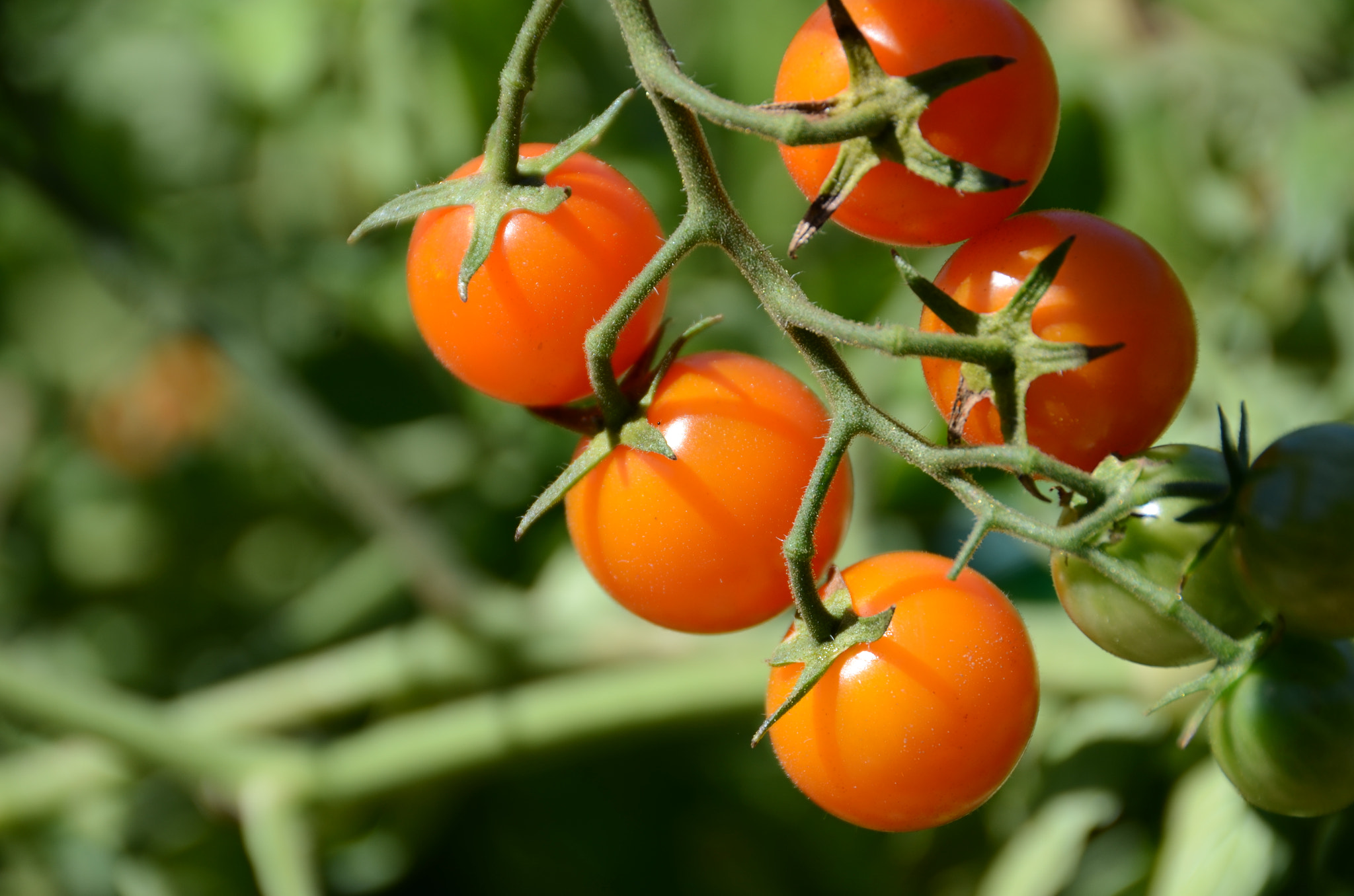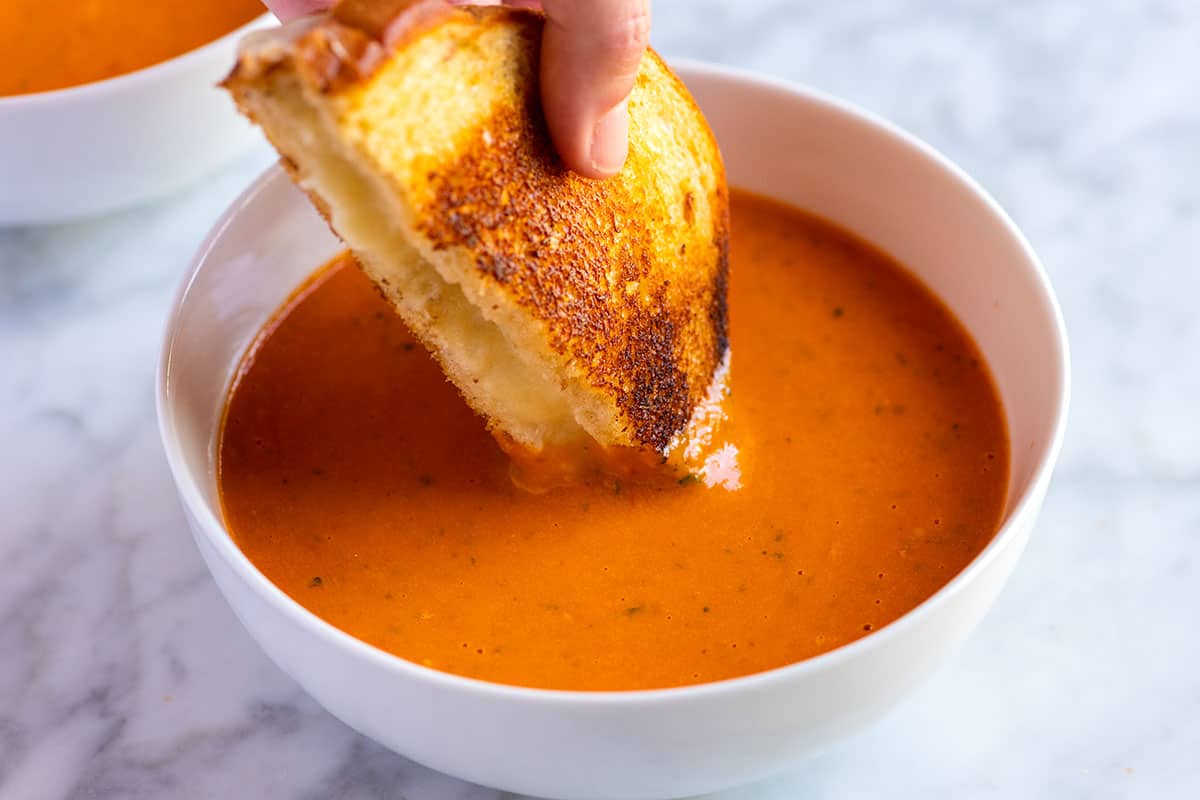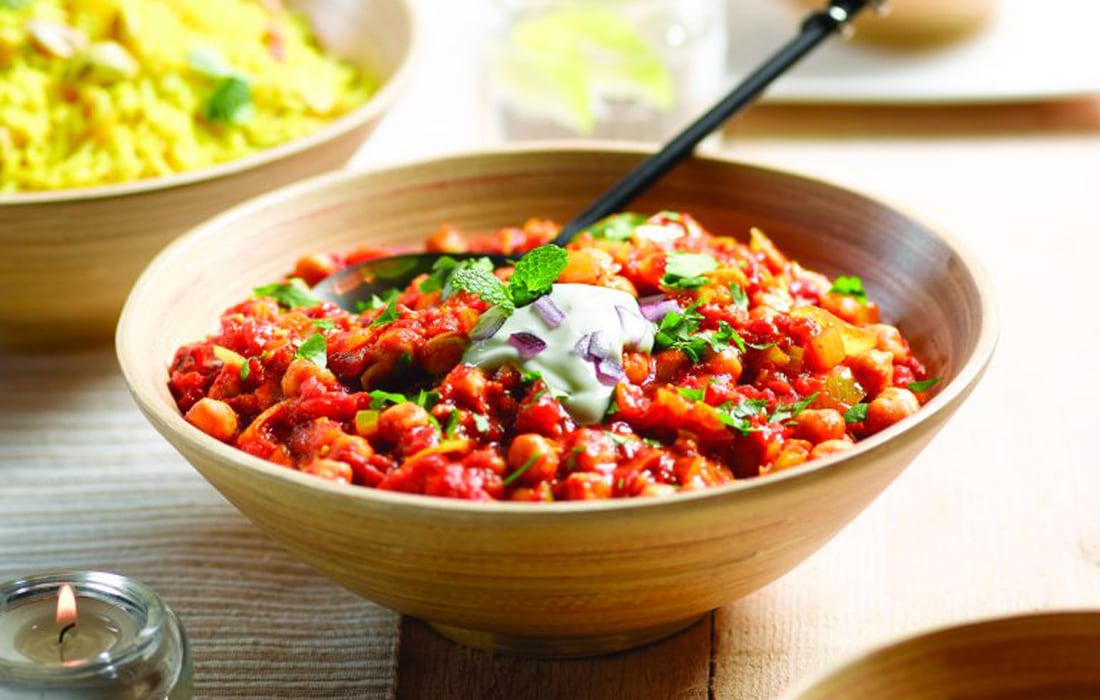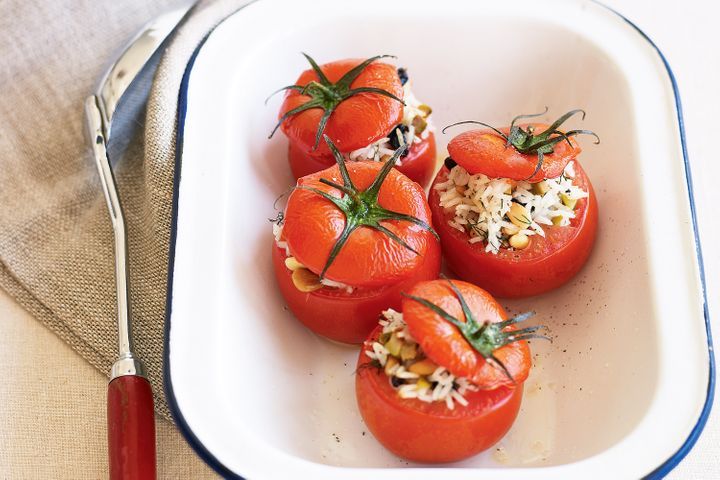Happy World Vegan Day!
To celebrate World Vegan Day, give this Vegan Tomato and Chickpea Stew a try! Not only is it delicious but also rich in plant-based protein and essential nutrients. It’s perfect for a quick weeknight dinner or meal prep for lunch. Enjoy the hearty flavours of tomatoes and spices in this wholesome vegan stew.
Ingredients:
1 tablespoon olive oil
1 onion, chopped
3 cloves garlic, minced
1 red bell pepper, diced
1 yellow bell pepper, diced
1 can (14 oz) chickpeas, drained and rinsed
1 can (14 oz) diced tomatoes
1 cup vegetable broth
1 teaspoon smoked paprika
1 teaspoon ground cumin
1/2 teaspoon ground coriander
1/2 teaspoon chili powder (adjust to taste)
Salt and black pepper, to taste
1 cup fresh spinach or kale, chopped
Juice of 1 lemon
Fresh cilantro or parsley for garnish
Method:
Step 1 – Sauté the Aromatics: In a large pot, heat the olive oil over medium heat. Add the chopped onion and garlic and sauté for about 2-3 minutes until the onion becomes translucent.
Step 2 – Add Bell Peppers: Add the diced red and yellow bell peppers to the pot. Cook for another 2-3 minutes until they start to soften.
Step 3 – Spices and Chickpeas: Stir in the smoked paprika, ground cumin, ground coriander, and chili powder. Add the chickpeas and mix well to coat them with the spices.
Step 4 – Tomatoes and Broth: Pour in the canned diced tomatoes (with their juice) and vegetable broth. Stir to combine all the ingredients. Season with salt and black pepper to taste.
Step 5 – Simmer: Bring the mixture to a simmer, then reduce the heat to low. Cover the pot and let it simmer for about 15-20 minutes, allowing the flavours to meld and the stew to thicken.
Step 6 – Add Greens: Stir in the chopped spinach or kale, and let it wilt into the stew, which should take about 2-3 minutes.
Step 7 – Finish with Lemon: Squeeze the juice of one lemon into the stew and stir to incorporate. This adds a delightful touch of brightness.
Step 8 – Serve: Ladle the Vegan Tomato and Chickpea Stew into bowls. Garnish with fresh cilantro or parsley.

